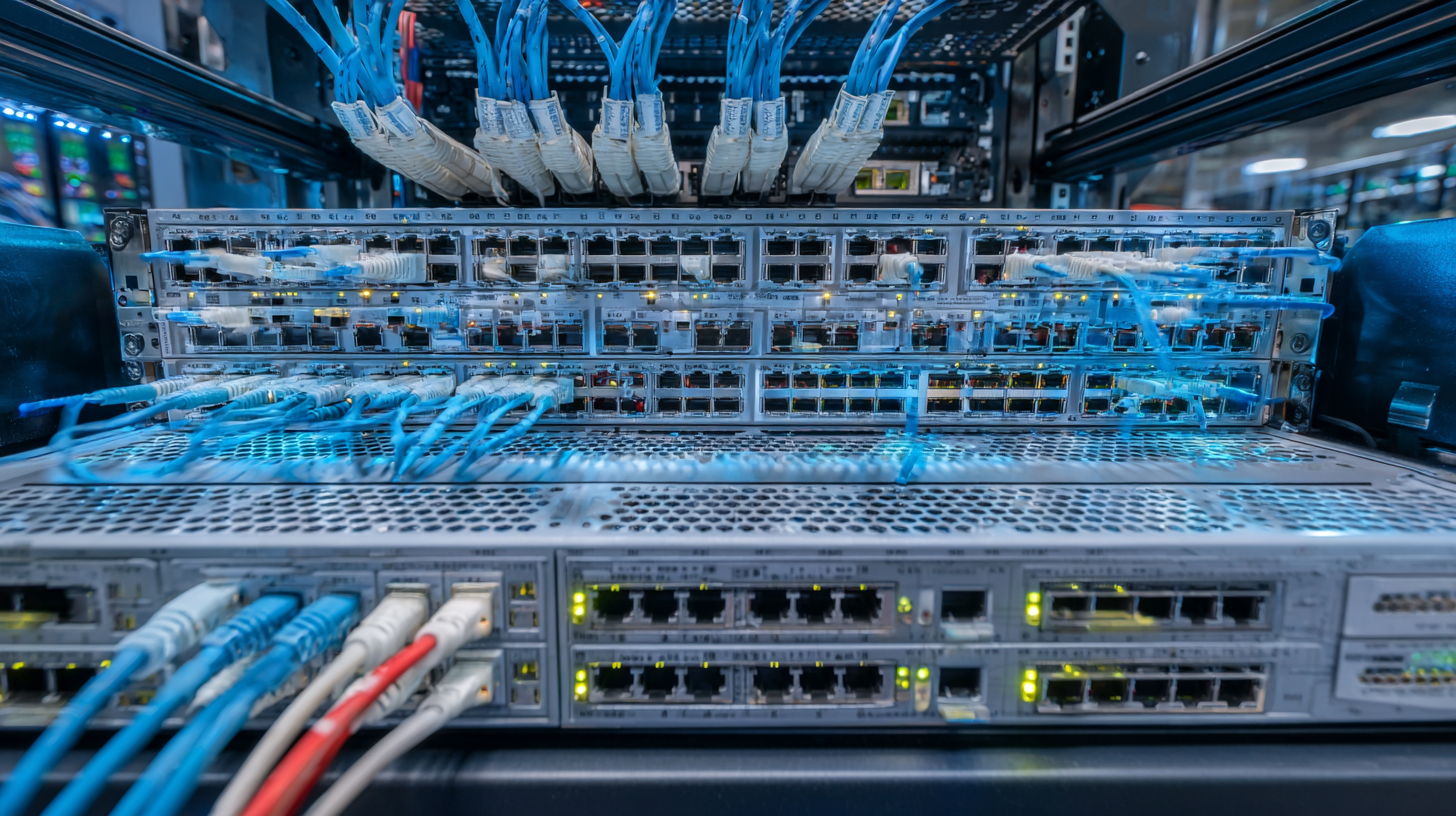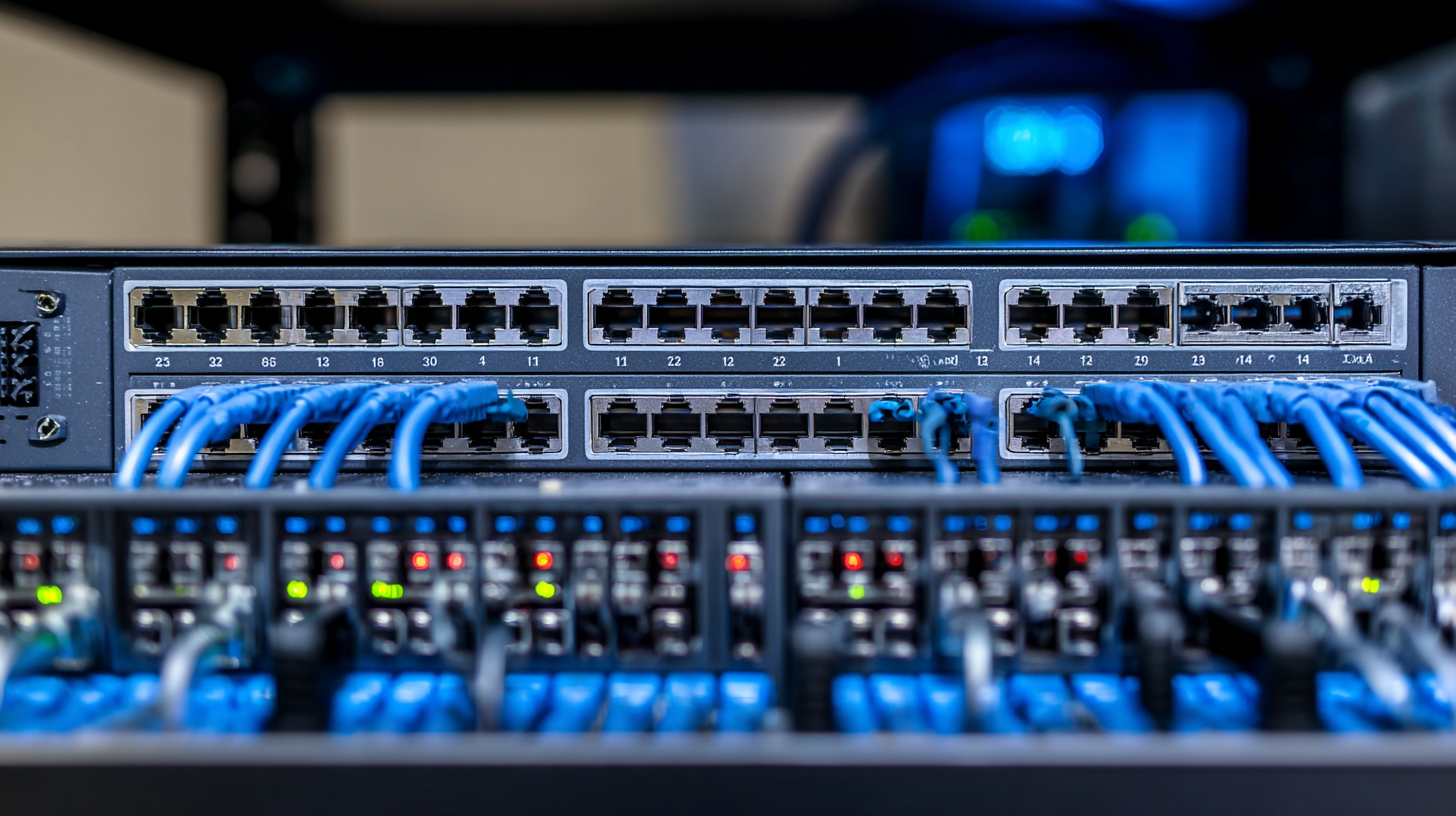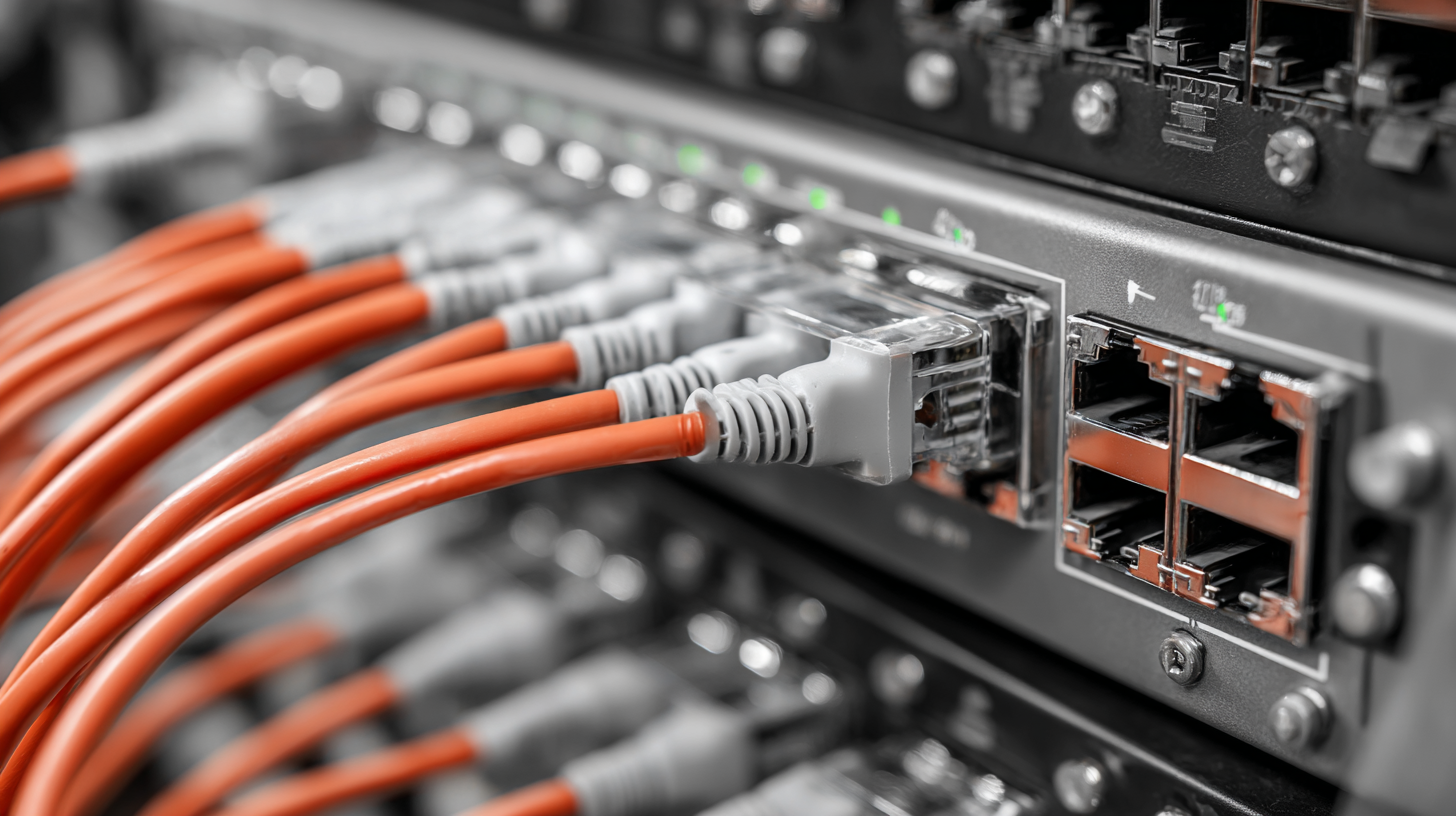
- hasivo@hasivo.com
- Mon - Sat at 7:00AM to 9:00PM
Leave Your Message

In today's rapidly evolving technology landscape, choosing the right equipment for your network setup is crucial. Managed switches have become an essential component for businesses looking to enhance performance, security, and scalability of their networks. According to a report by MarketsandMarkets, the global managed switch market is projected to grow from $3.68 billion in 2020 to $6.23 billion by 2025, reflecting a compound annual growth rate (CAGR) of 10.9%. This growth is driven by the increasing demand for high-speed internet connectivity, the necessity for better network management, and the rising importance of data security across various industries. As organizations strive to ensure robust networking capabilities, understanding the different types of managed switches and their specific features can greatly influence the overall efficiency and effectiveness of their operational networks. In this guide, we will explore key considerations for selecting the best managed switch tailored to your unique networking needs.

When choosing the right managed switch for your networking needs, understanding the various types available and their unique features is essential. Managed switches come in multiple configurations, including Layer 2, Layer 3, and Layer 4 switches, each catering to different networking scenarios. For instance, Layer 2 switches primarily handle data packet switching, making them suitable for simple network architectures. In contrast, Layer 3 switches incorporate routing capabilities, which are ideal for more sophisticated environments where traffic needs to be efficiently managed across multiple VLANs.
According to a recent report by MarketsandMarkets, the global managed switches market is projected to grow from USD 4.5 billion in 2020 to USD 9.2 billion by 2025, at a compound annual growth rate (CAGR) of 15.8%. This surge in demand highlights the importance of features such as Quality of Service (QoS), Security Protocols, and VLAN support, which allow businesses to prioritize network traffic and enhance security measures. Moreover, the inclusion of PoE (Power over Ethernet) capabilities in managed switches is rapidly becoming a necessity, as businesses increasingly rely on IoT devices that require seamless power and data integration over existing networks.
When selecting a managed switch for your network, several key considerations come into play that can significantly impact performance and scalability. One critical factor is the switch's capacity to handle network traffic. According to a report by IDC, businesses experience an average of 30% annual growth in data traffic, necessitating switches that can scale efficiently. Opting for a managed switch with higher port density and sufficient bandwidth options ensures that your network can accommodate future growth without compromising performance.
Another essential consideration is the security features offered by the managed switch. The 2022 Cybersecurity Threat Report published by Cybersecurity Ventures highlights that global cybercrime damage is projected to reach $10.5 trillion annually by 2025. Therefore, selecting a managed switch with advanced security protocols, such as 802.1X network access control and VLAN segmentation, is vital for protecting sensitive data and maintaining a secure network environment. Furthermore, the ability to implement Quality of Service (QoS) settings allows for prioritization of critical applications, enhancing user experience even as network demands escalate.
When it comes to selecting a managed switch, understanding the differences between Layer 2 and Layer 3 options is crucial. Layer 2 managed switches operate at the data link layer, handling local area network (LAN) traffic efficiently by using MAC addresses for packet forwarding. They are ideal for scenarios where high-speed data transfer and simpler network management are required. A recent study by MarketsandMarkets indicated that the global managed switch market is expected to grow from USD 8.55 billion in 2020 to USD 13.21 billion by 2025, driven partially by the growing preference for Layer 2 switches in enterprise environments.
On the other hand, Layer 3 managed switches function at the network layer, providing routing capabilities in addition to switching. They utilize IP addresses for traffic management and are essential for larger networks where inter-VLAN routing and complex data routing are needed. According to Gartner, implementing Layer 3 switches can reduce network latency by up to 50%, significantly improving overall performance in multi-site or multi-department networks.
**Tip:** Before deciding, assess your organization's specific needs. If your goals largely revolve around efficient LAN communication, a Layer 2 switch may suffice. However, for enhanced routing features and scalability, consider a Layer 3 switch that can adapt as your network needs grow. Additionally, conduct a thorough review of technical specifications and vendor support, as they can impact your long-term operational efficiency.
| Feature | Layer 2 Managed Switch | Layer 3 Managed Switch |
|---|---|---|
| Data Processing | Data link layer (Layer 2) switching | Network layer (Layer 3) routing and switching |
| Performance | High throughput for local traffic | Suitable for extensive networking with improved routing capabilities |
| Configuration | Generally simpler; VLAN setup is common | More complex; requires knowledge of routing protocols |
| Cost | Generally lower cost | Higher cost due to advanced features |
| Use Case | Small to medium-sized networks | Large enterprises and data centers |
| VLAN Support | Yes | Yes, plus inter-VLAN routing |
| QoS Features | Basic QoS capabilities | Advanced QoS mechanisms |
When selecting a managed switch for your networking needs, it's crucial to dive deep into essential performance metrics such as throughput, latency, and port density. Throughput determines the amount of data a switch can handle over a given period. It's vital for applications that require high data transfer speeds, such as video streaming or large file transfers. A higher throughput ensures minimal bottlenecks, allowing your network to function smoothly during peak usage periods.
Latency, on the other hand, measures the delay before a transfer of data begins following an instruction. For real-time applications, such as VoIP or online gaming, low latency is imperative to maintain performance and user experience. As you evaluate potential switches, look for those that minimize latency while still offering robust throughput capabilities. Lastly, consider port density—the number of ports a managed switch has. A higher port density allows for greater connectivity and scalability, making it essential for growing networks. Balancing these metrics will help you find a managed switch that meets both current and future networking demands effectively.

When upgrading your network infrastructure, budgeting is a crucial factor to consider. Managed switches typically range from a few hundred to several thousand dollars, depending on features such as port density, speed, and advanced management capabilities. It's essential to assess your specific networking needs, such as the number of devices, traffic load, and required security features, to select a switch that offers the best value for your budget. Conducting a cost analysis can help you determine which models meet your requirements without compromising quality or performance.
Calculating the return on investment (ROI) of your network upgrade is equally important. Managed switches can provide significant benefits, including enhanced security, improved network performance, and a more efficient administration process. By analyzing the potential improvements in uptime, productivity, and reduced operational costs, you can project the long-term financial gains of your investment. This analytical approach enables you to choose a managed switch that not only fits your current budget but also aligns with your future growth plans, ultimately leading to a more robust and efficient network environment.
